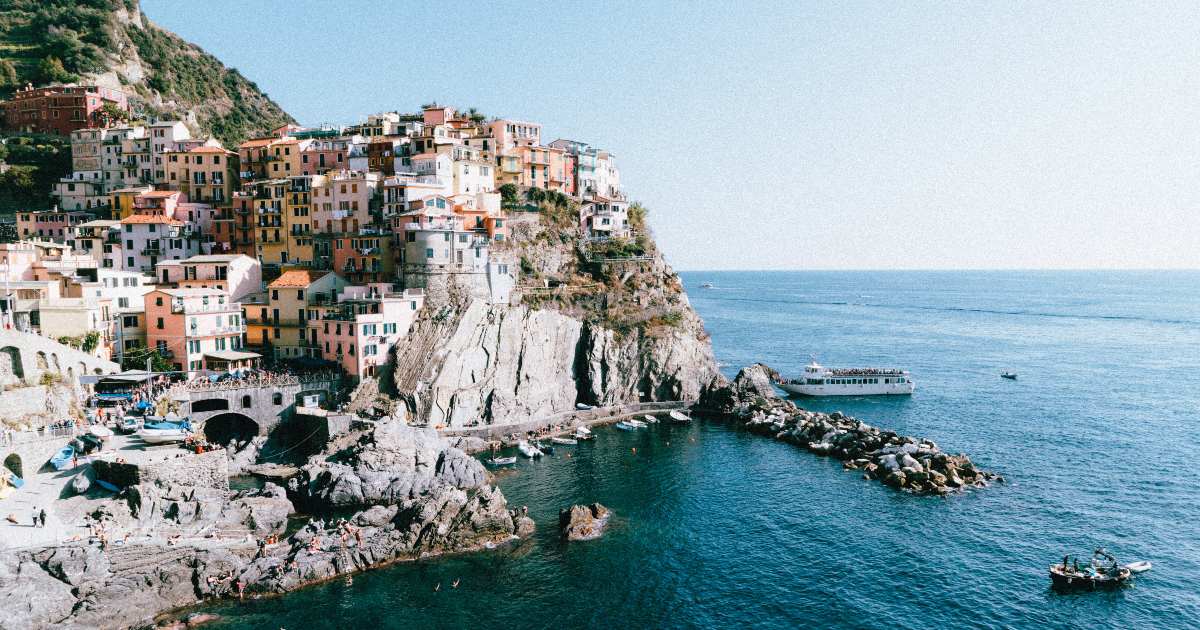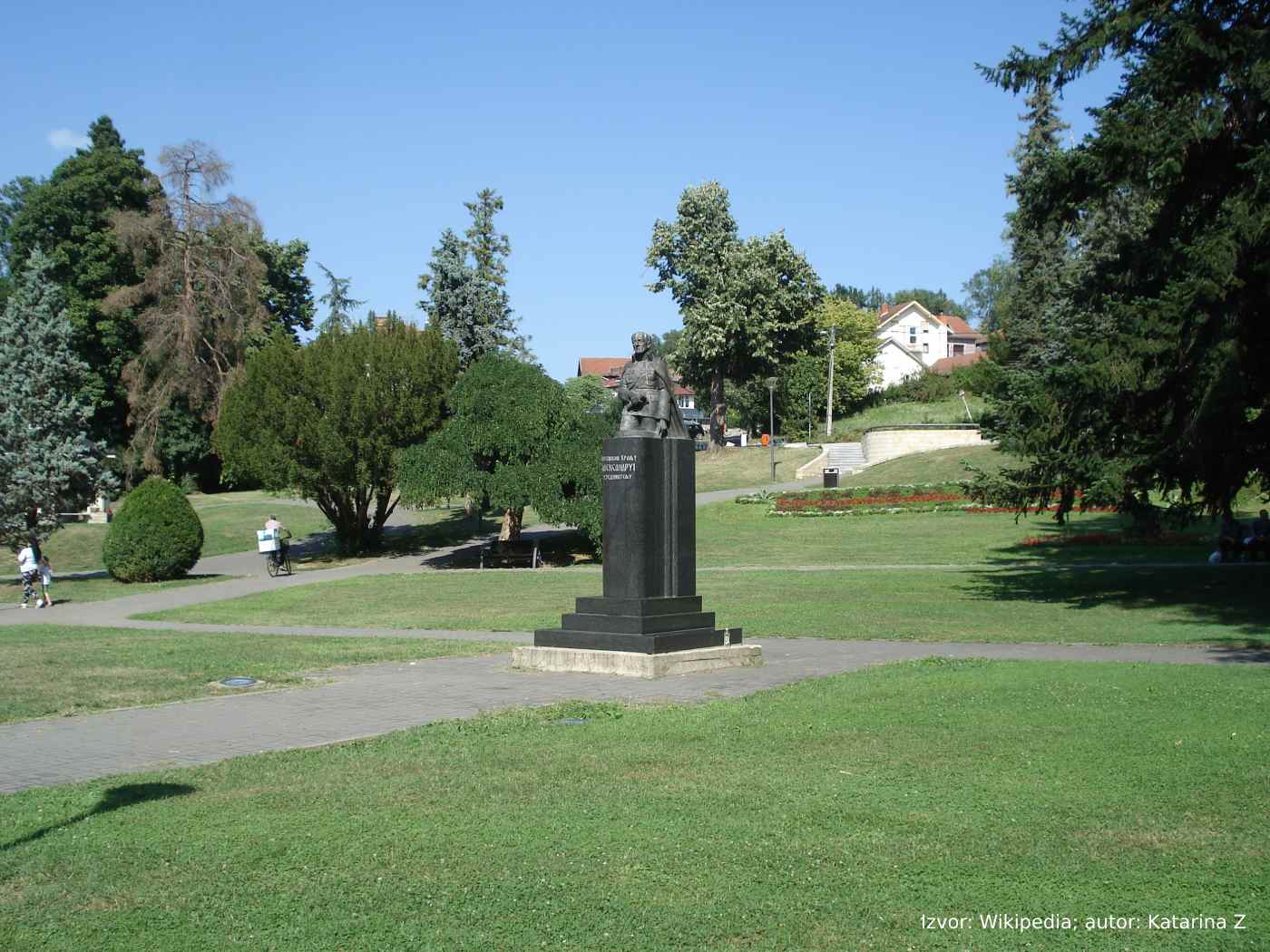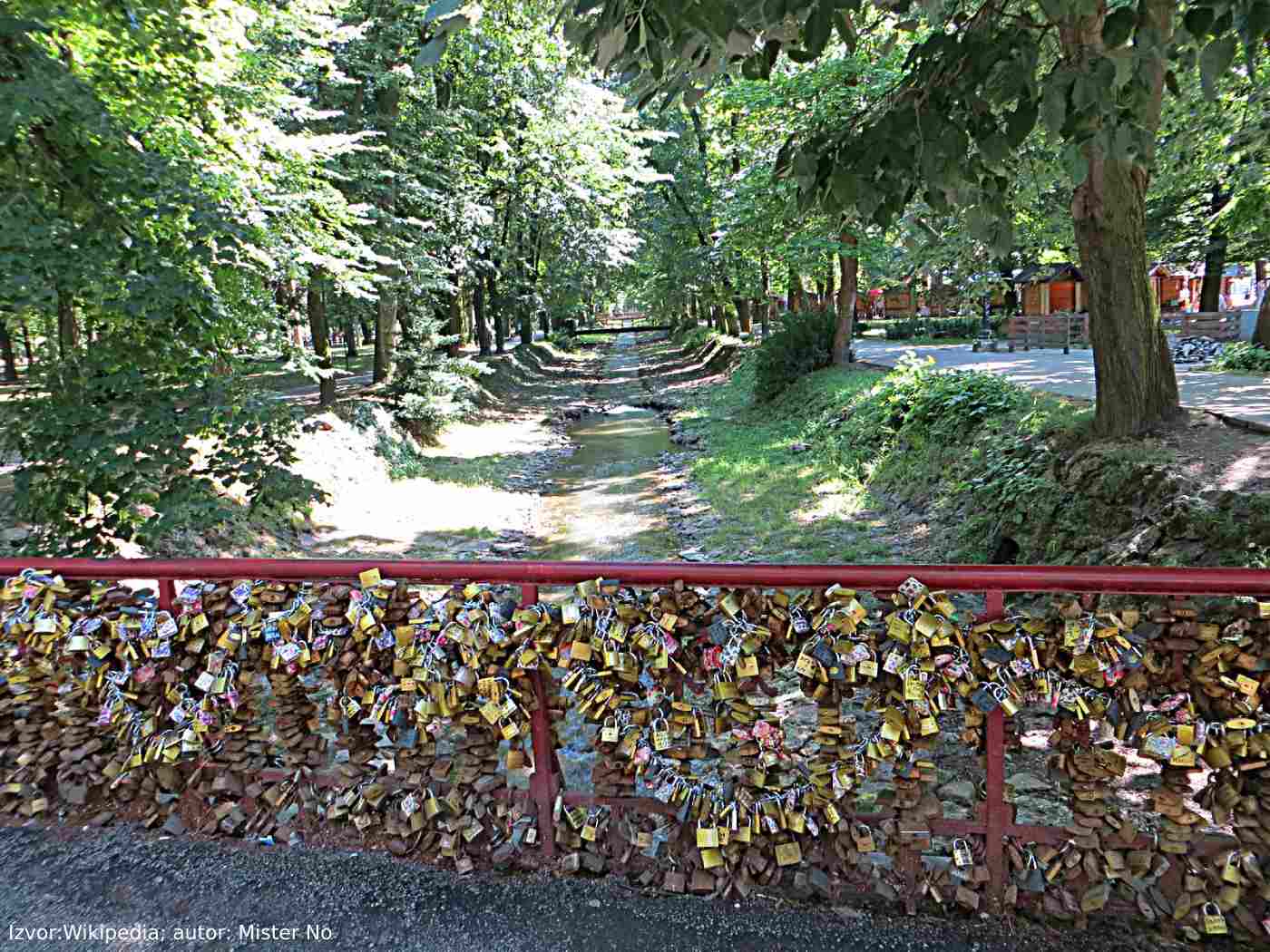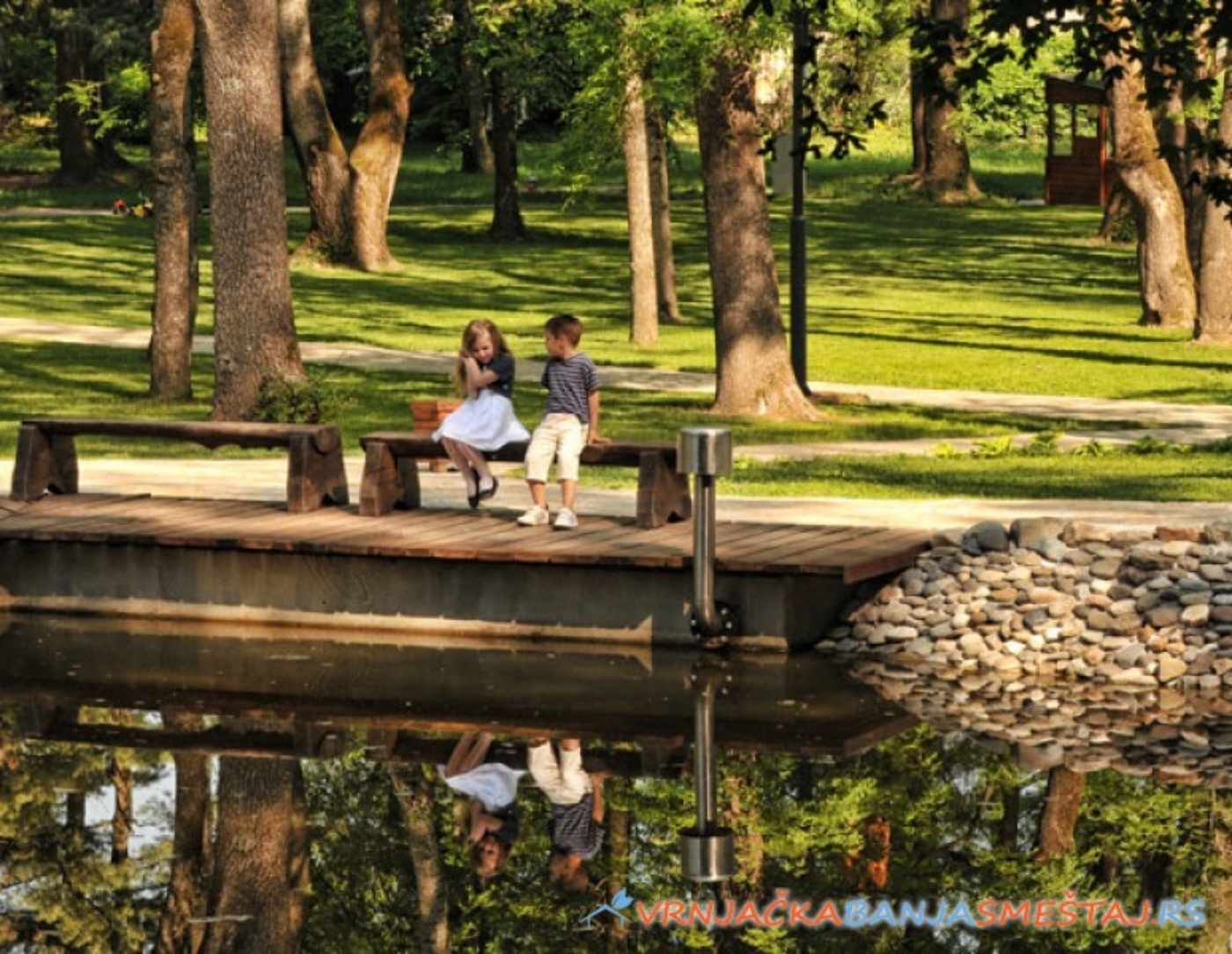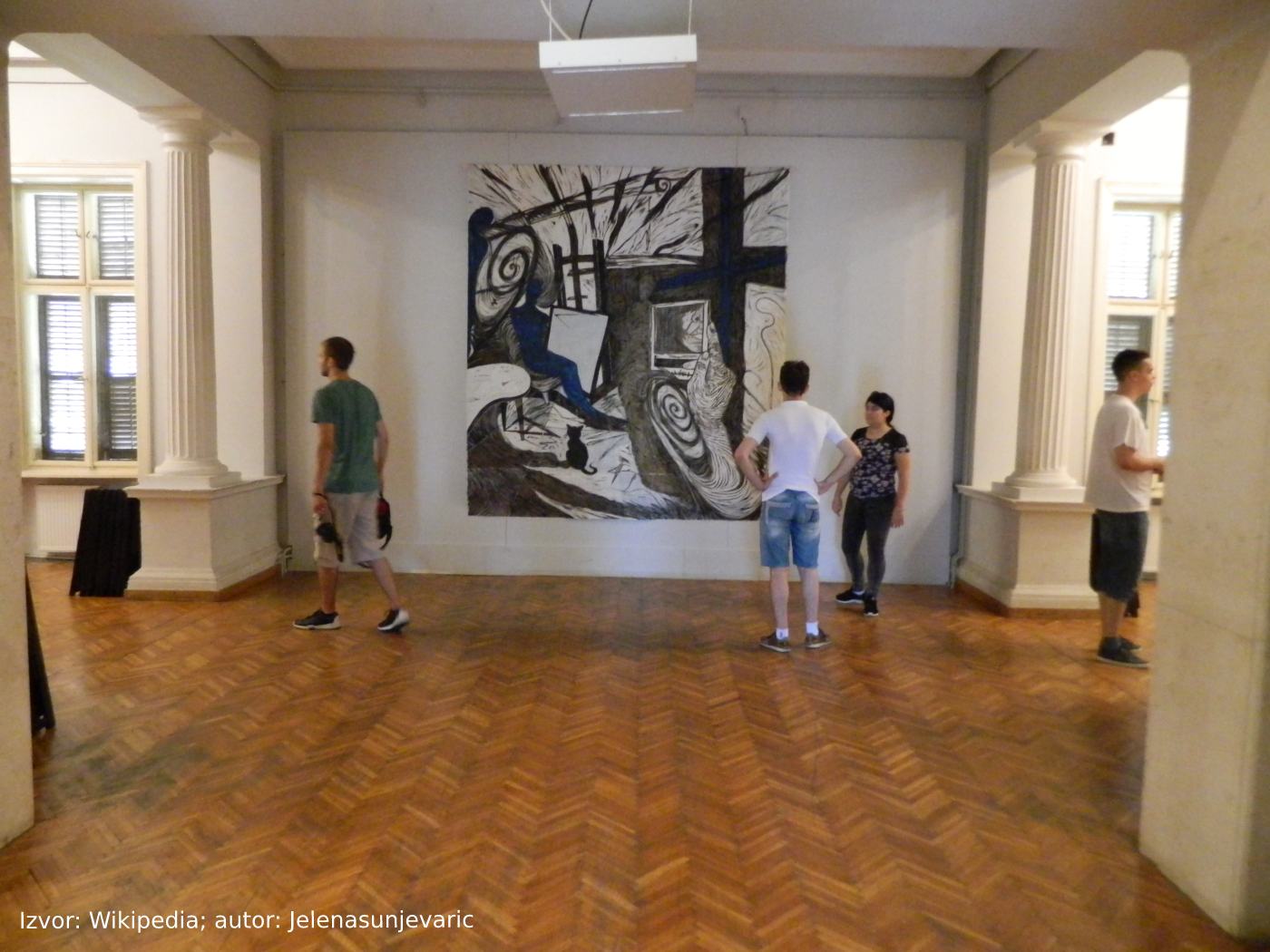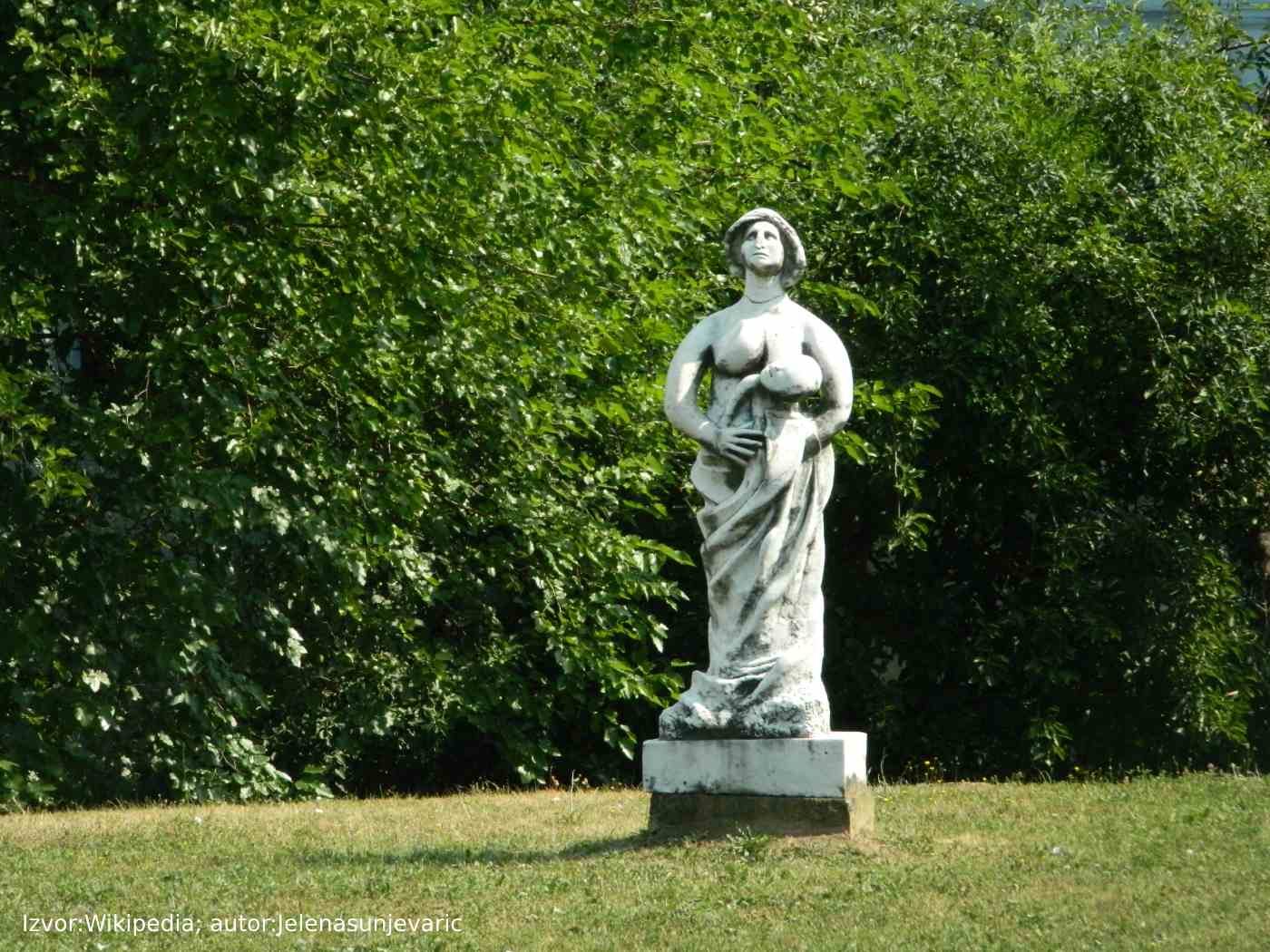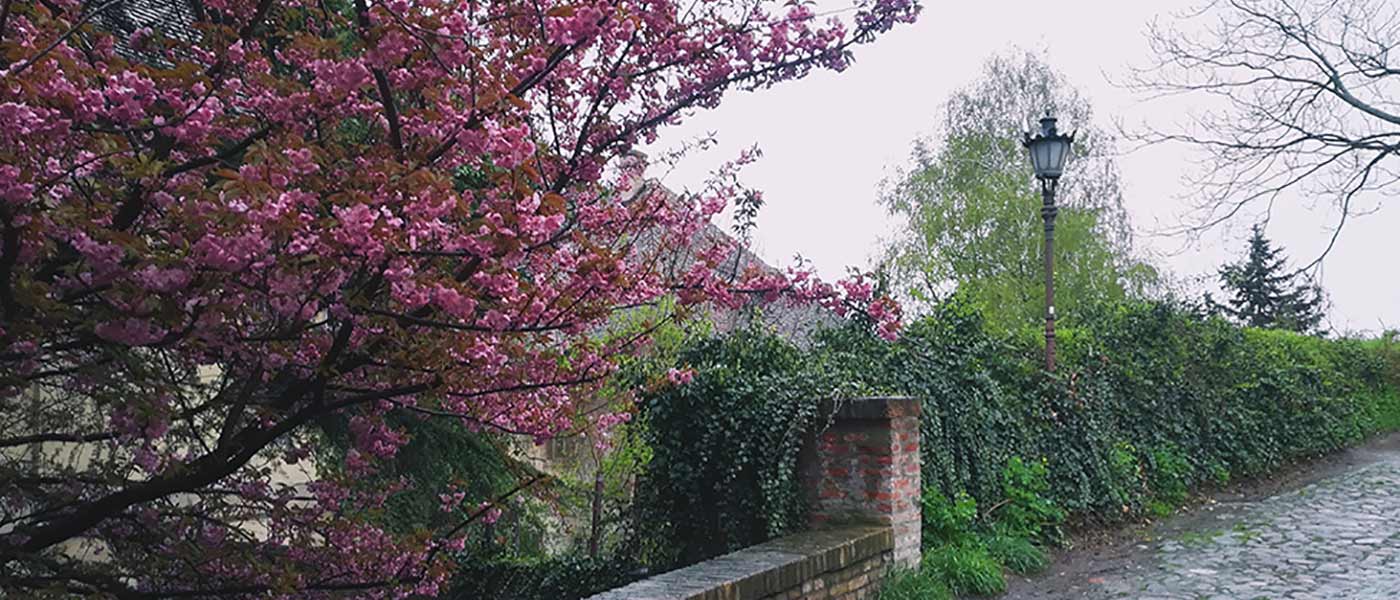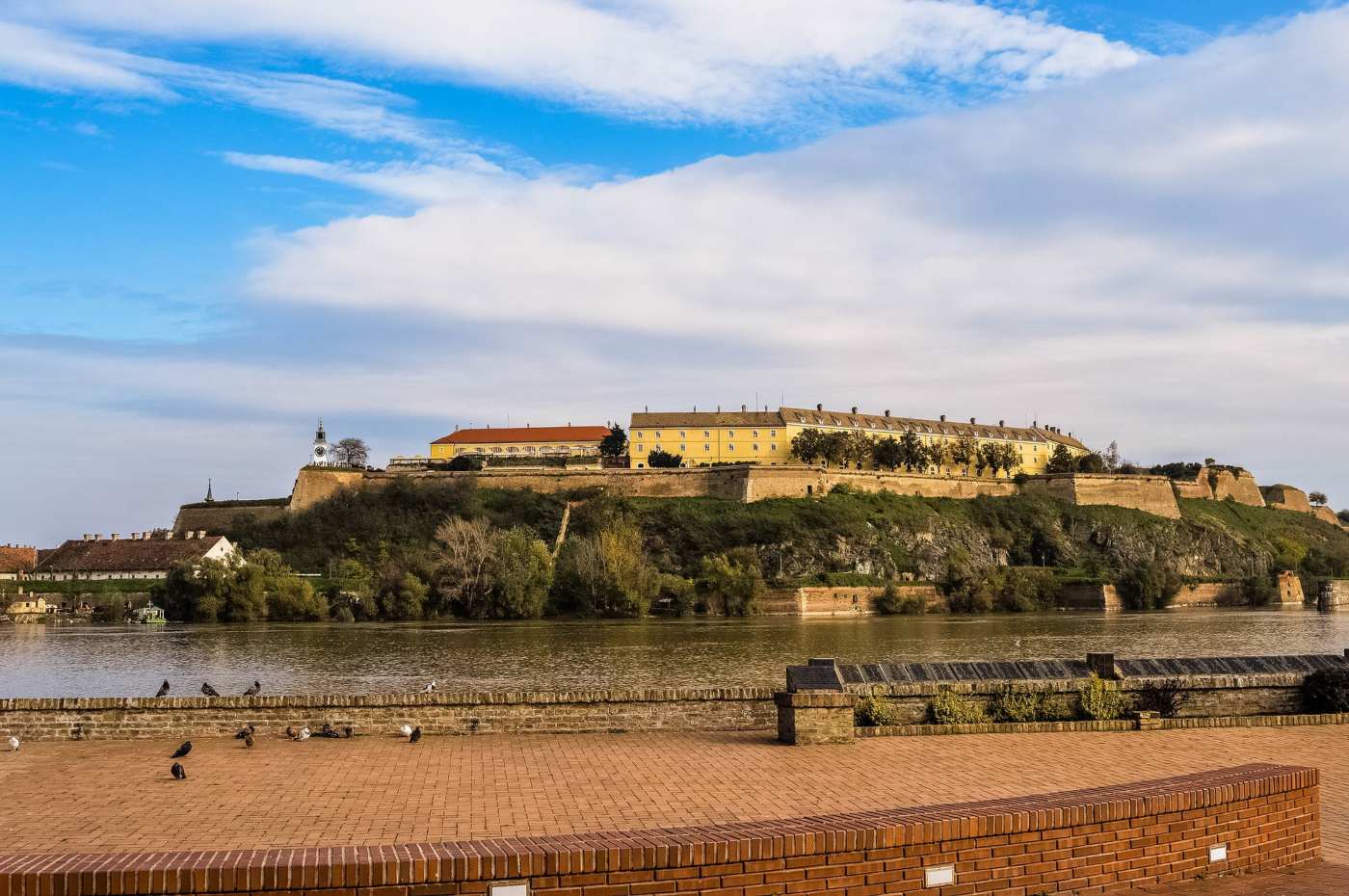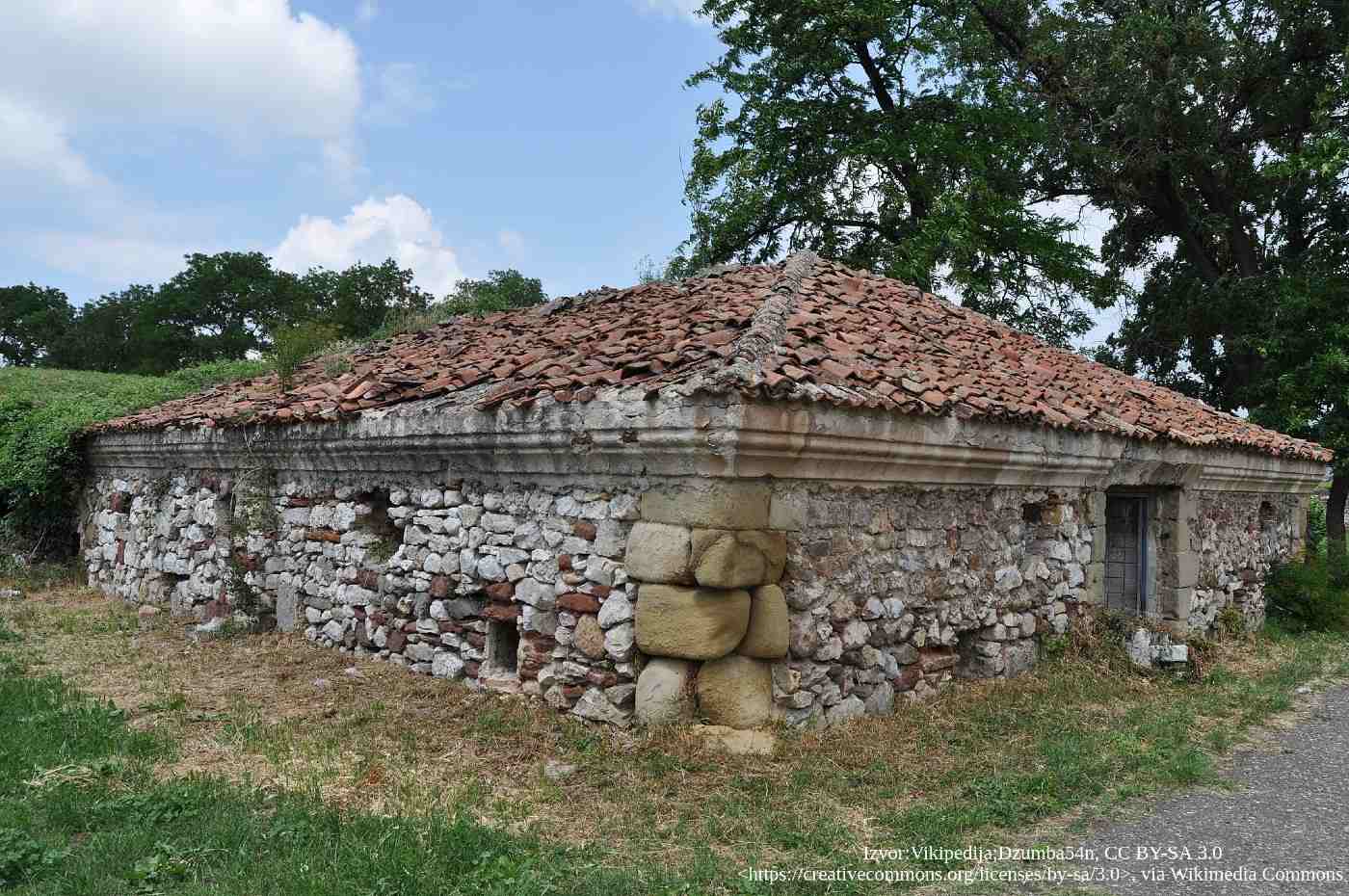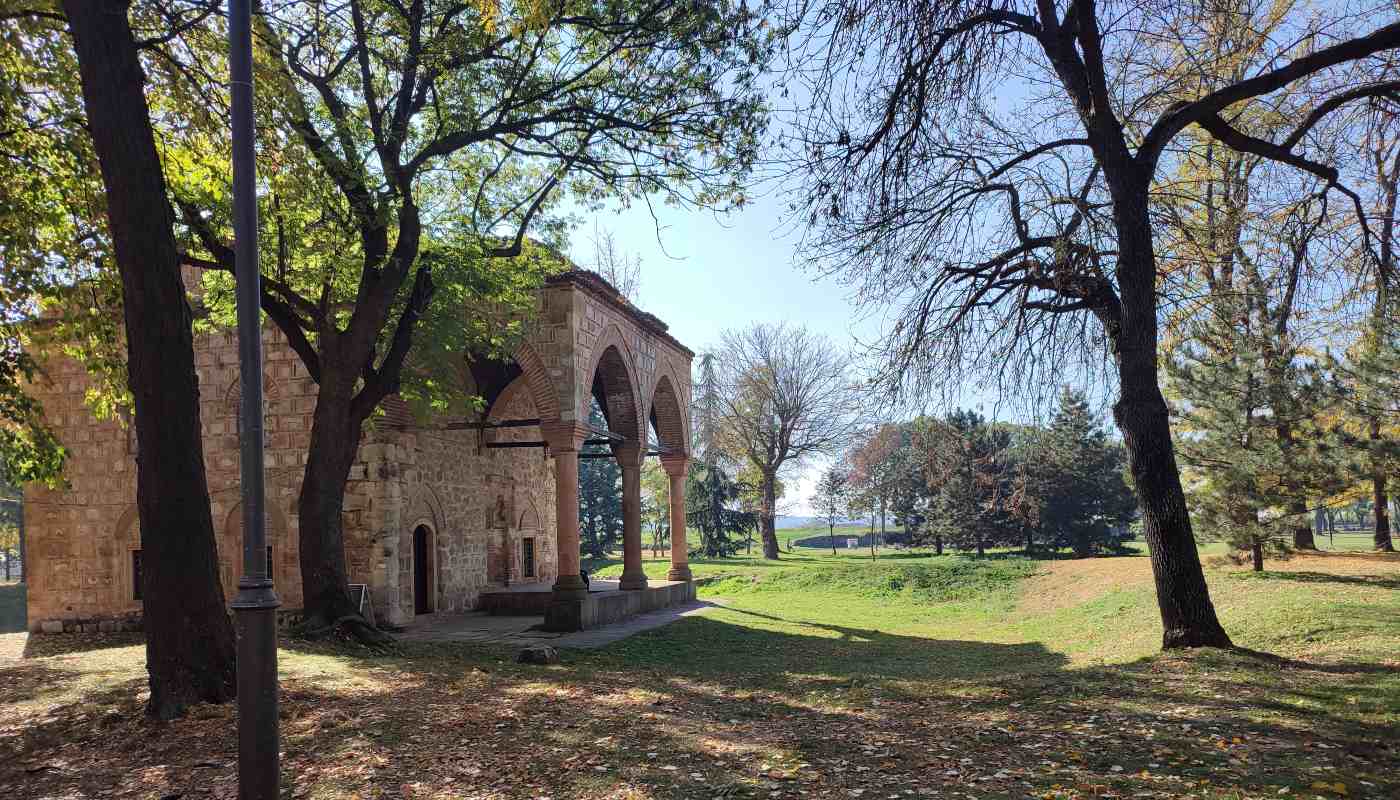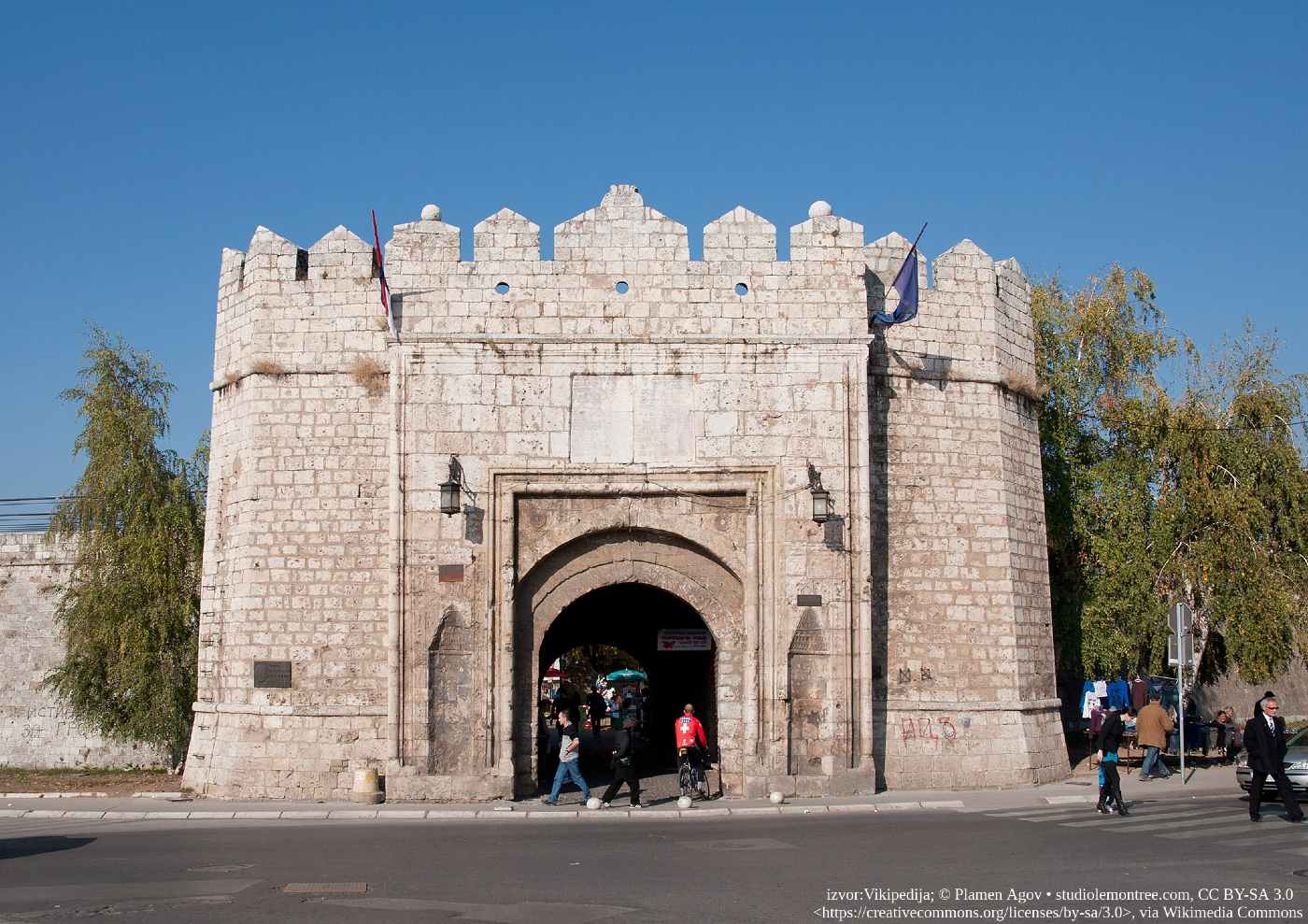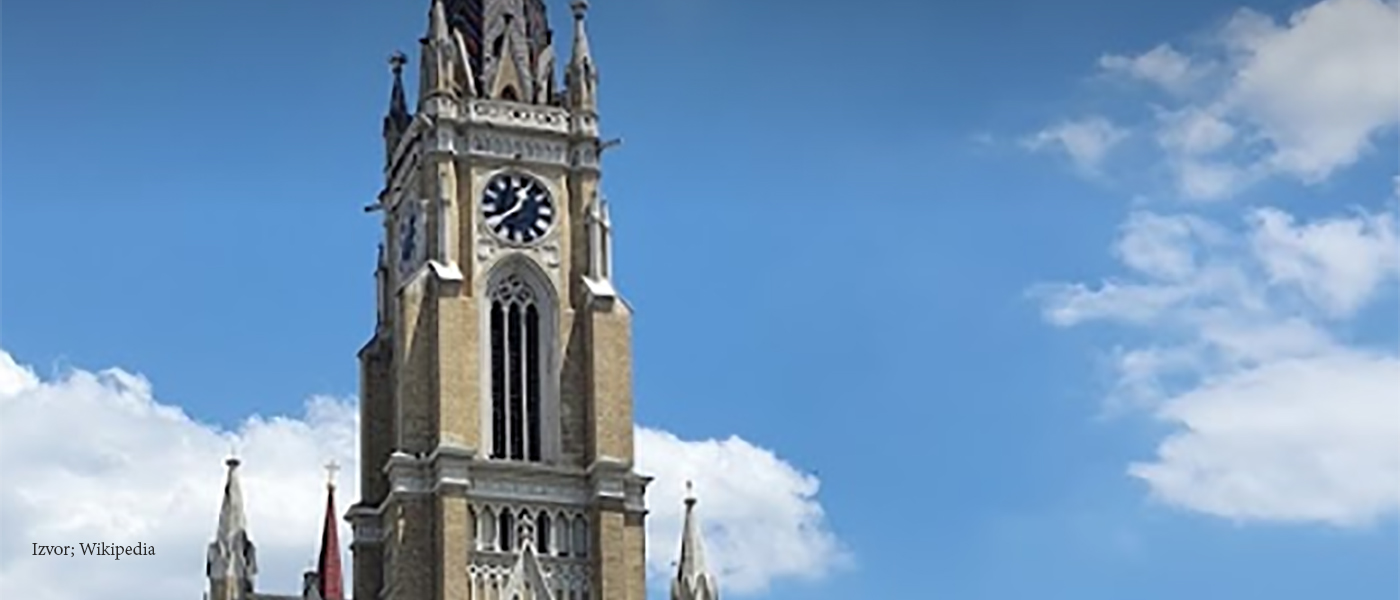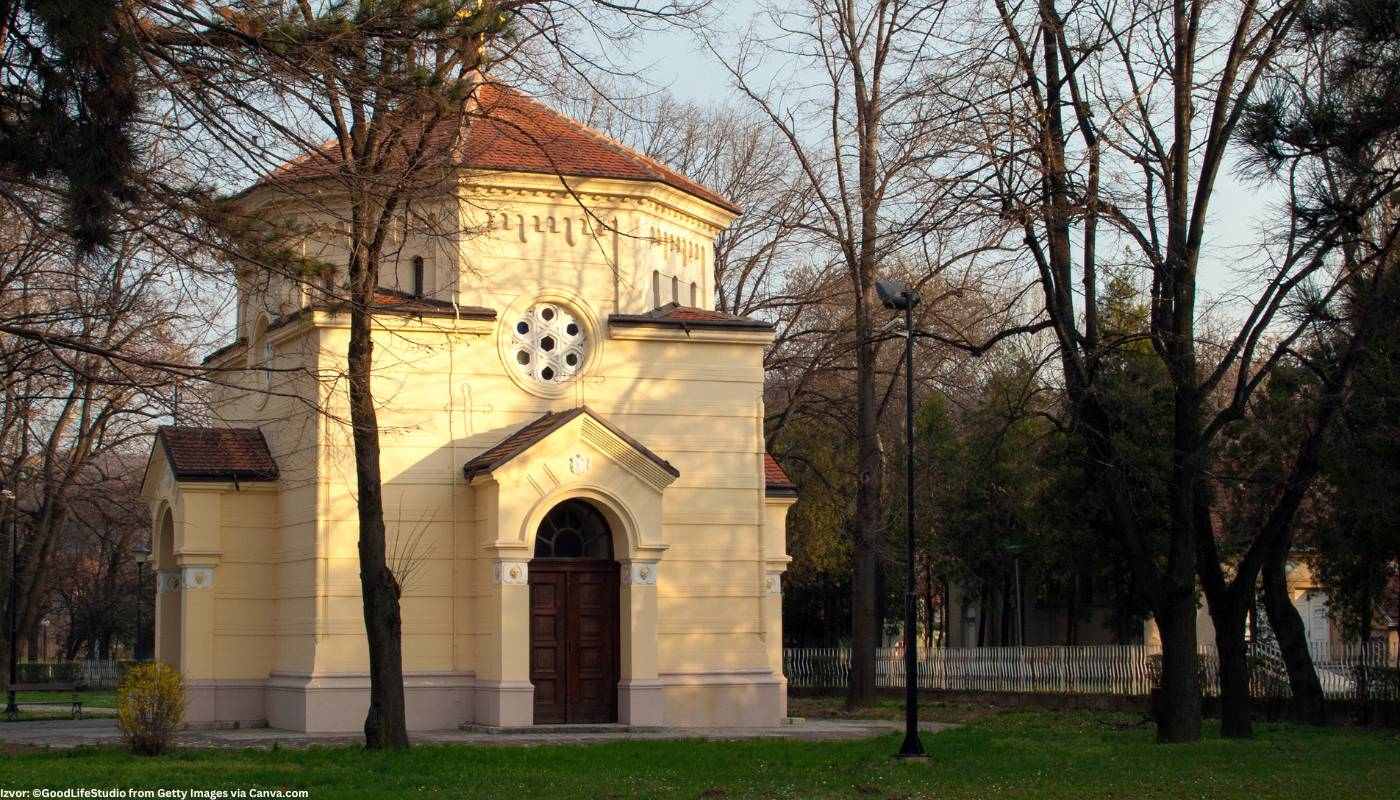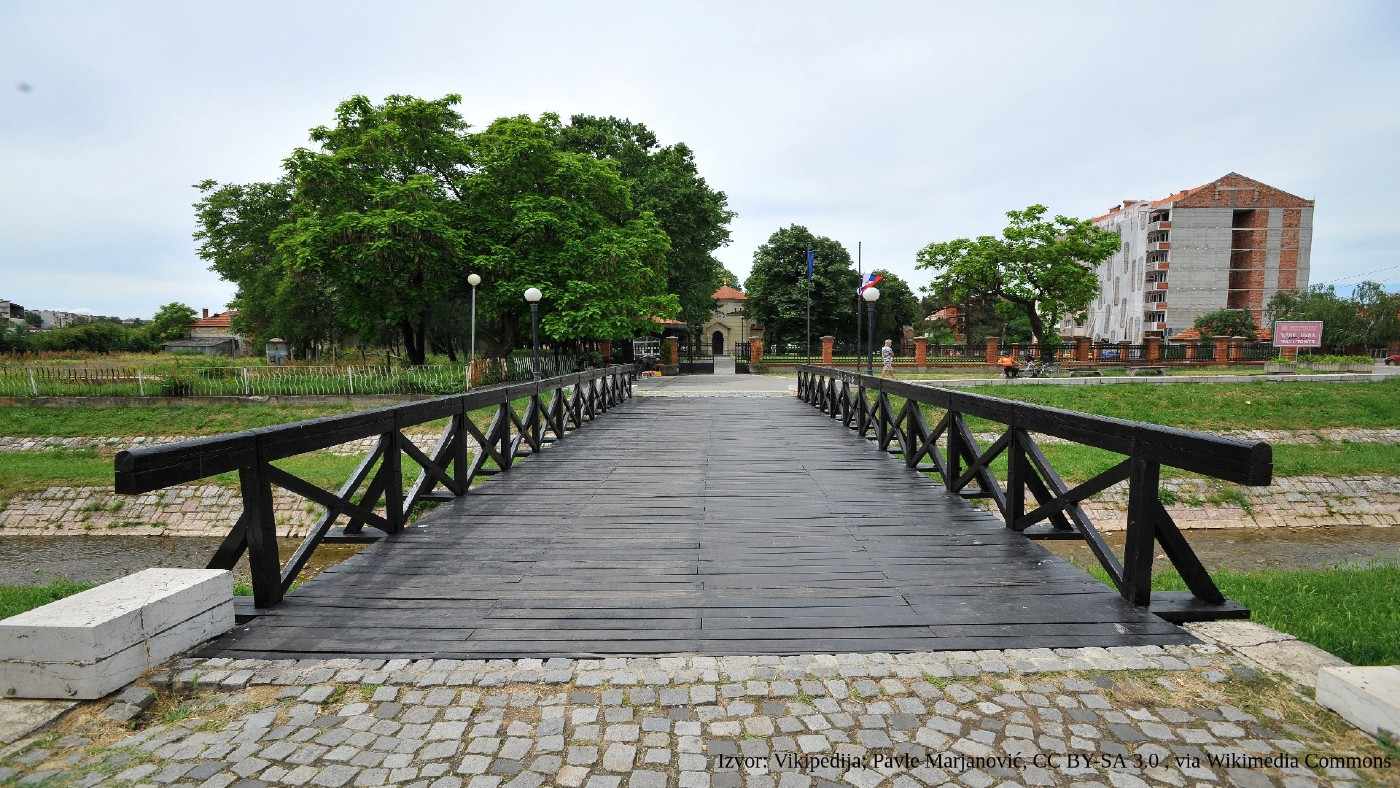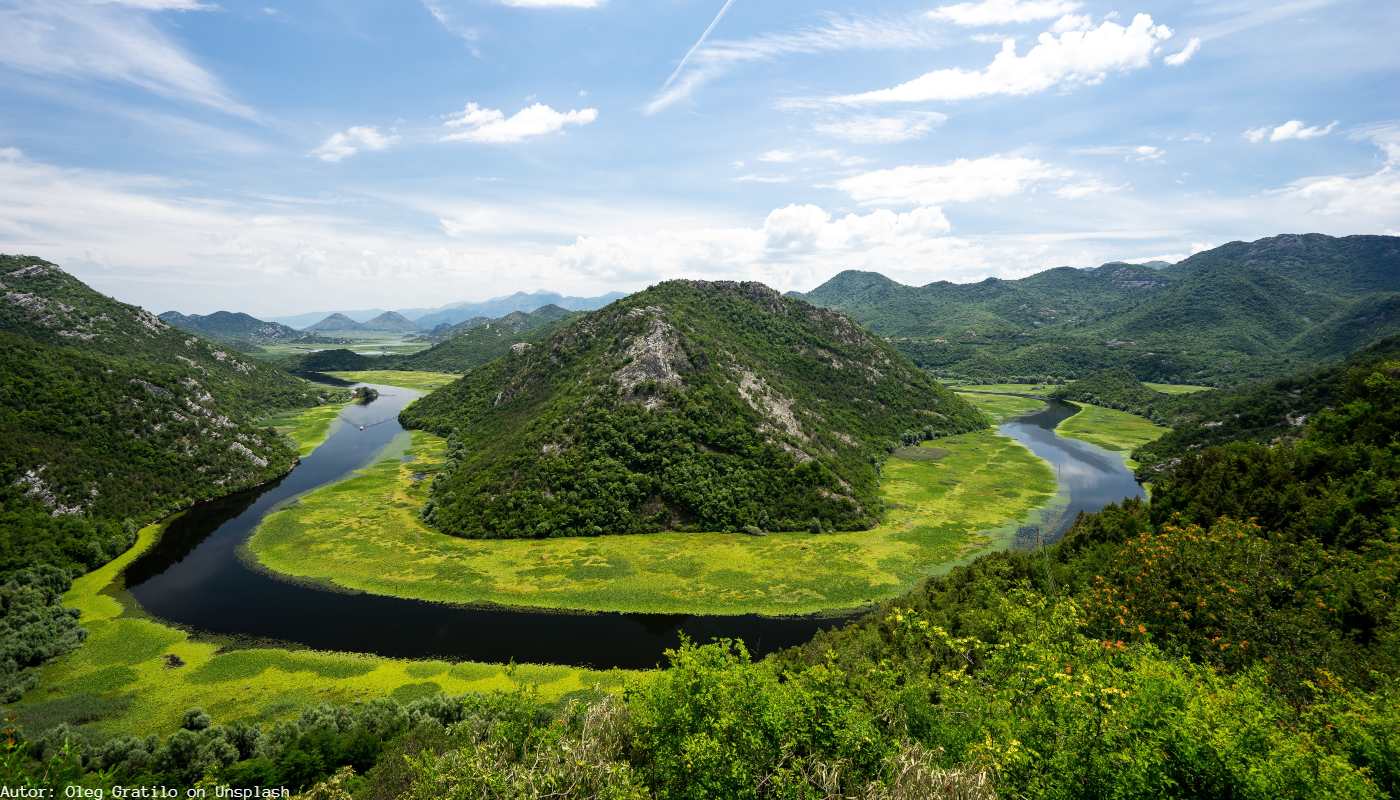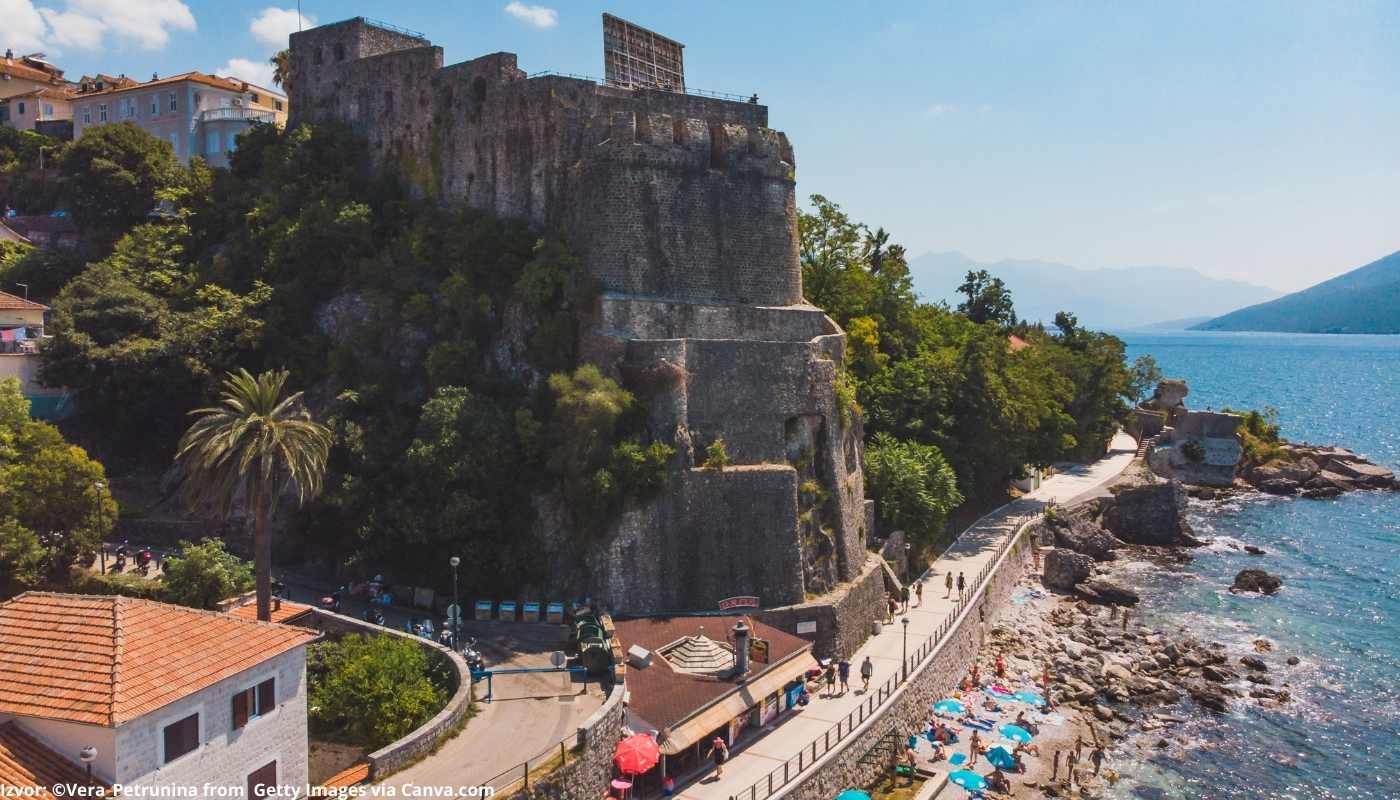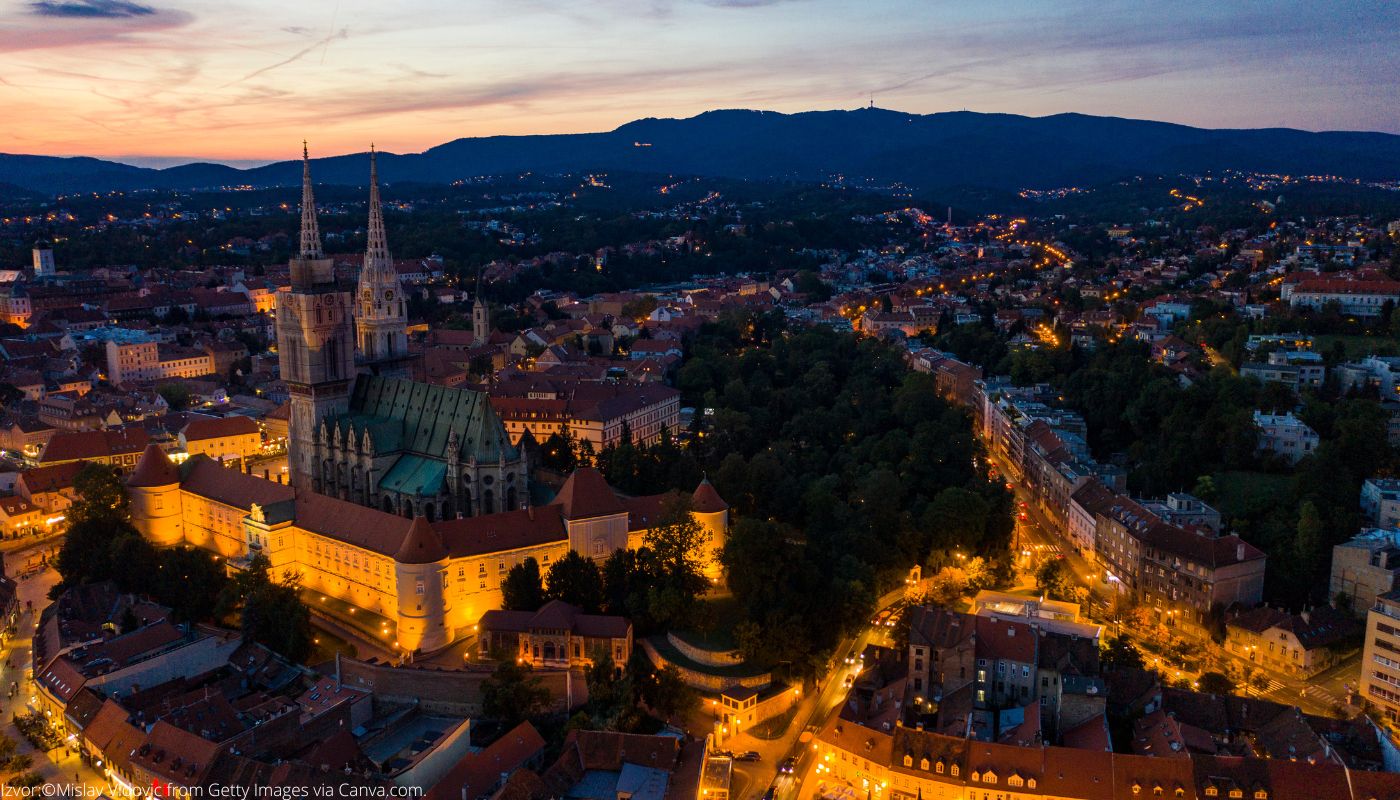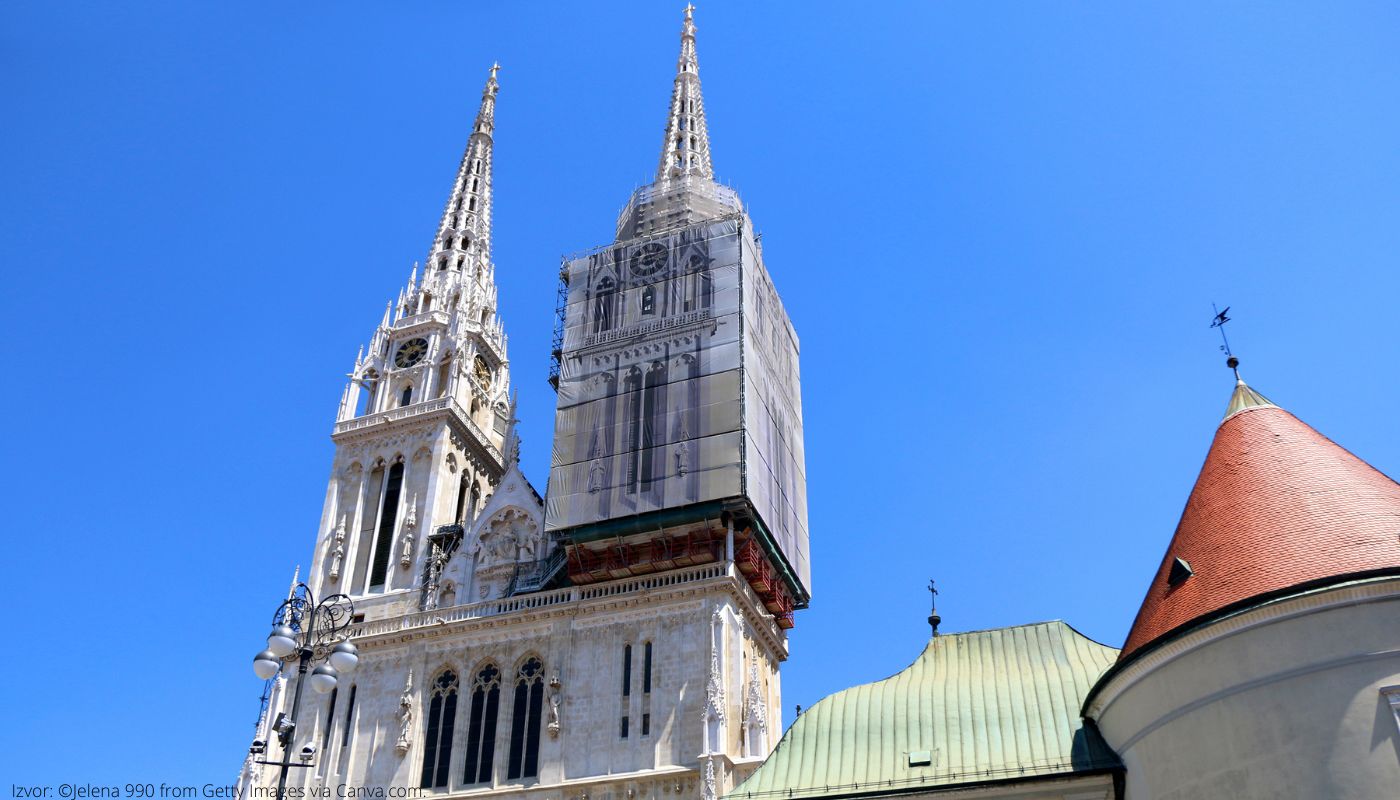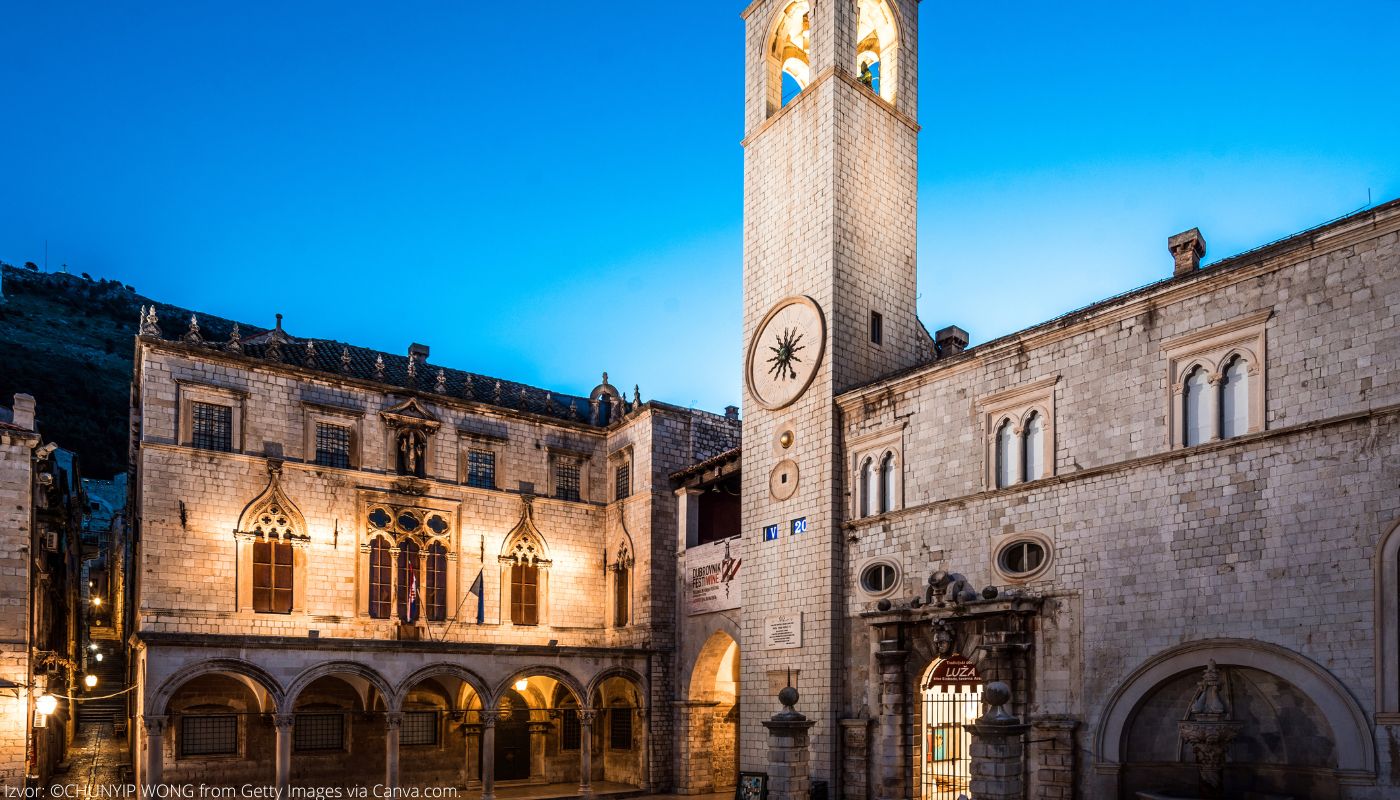Most famous attractions and experiences in Europe
Europe blends deep history, dramatic natural scenery, and vibrant contemporary culture across countless famous attractions. From iconic monuments to one‑of‑a‑kind natural phenomena, there are experiences for every kind of traveler.
-
Eiffel Tower (Paris)
Paris’s iconic landmark offering panoramic city views, evening illuminations, and a quintessential Parisian experience.
-
Colosseum (Rome)
A masterwork of ancient Roman engineering — an evocative amphitheatre that brings imperial history to life.
-
Santorini and the Greek Islands
Stunning caldera cliffs, whitewashed villages, and dramatic sunsets — perfect for romance, photography, and island hopping.
-
Plitvice Lakes (Croatia)
Terraced waterfalls and turquoise lakes set in pristine woodland — ideal for walking trails and nature photography.
-
Northern Lights (Scandinavia)
A natural light display best seen in the Arctic regions of Norway, Sweden, and Iceland during winter months.
-
Sagrada Familia (Barcelona)
Gaudí’s unfinished masterpiece combining Gothic and organic forms — a singular architectural and spiritual experience.
-
Stonehenge (United Kingdom)
A prehistoric monument that blends archaeology and landscape, offering a mysterious glimpse into ancient rituals.
-
The Louvre (Paris)
One of the world’s largest museums, home to the Mona Lisa and vast collections spanning millennia and continents.
Natural attractions and wonders of Europe
Europe’s natural beauty ranges from high mountain ranges to Arctic glaciers and Mediterranean shores. Distinct landscapes create year‑round opportunities for hiking, cruises, wildlife watching, and beach relaxation.
Mountains
-
The Alps (France, Switzerland, Italy, Austria)
Dramatic peaks; best seasons: winter for skiing, summer for trekking; activities: skiing, hiking, mountaineering.
-
The Carpathians & Balkans
Rugged ranges in Central and Southeast Europe — great for multi‑day hikes and wildlife spotting in summer and autumn.
National Parks
-
Plitvice Lakes (Croatia)
Terraced lakes and waterfalls; best in spring and early summer; activities: walking trails, nature photography.
-
Vatnajökull (Iceland)
Vast glacier landscapes; best: summer for access, winter for aurora; activities: guided glacier hikes, ice caving.
Islands
-
Greek Islands (Santorini, Mykonos, Crete)
Mediterranean scenery; best May–September; activities: swimming, sailing, archaeological sites.
-
Canary Islands (Spain)
Subtropical climate year‑round; activities: beaches, hiking, birdwatching.
Lakes & Rivers
-
Lake Como & Garda (Italy)
Picturesque lake landscapes; best late spring and early autumn; activities: boat cruises, cycling, lakeside walks.
Waterfalls & Arctic Wonders
-
Dettifoss & Gullfoss (Iceland)
Powerful waterfalls in volcanic terrain; best in summer for access; activities: sightseeing and photography.
-
Northern Lights (Scandinavia)
Best in late autumn and winter; activities: aurora watching, photography, guided northern tours.
Cultural and historical attractions
Europe’s rich history and traditions are reflected in monuments, museums, cities, and festivals. Centuries of cultural exchange have left an extraordinary and varied heritage to explore.
Ancient Civilizations
-
The Acropolis & Parthenon (Athens, Greece)
An emblem of classical Greece and foundational to Western architectural and cultural history.
-
The Roman Forum (Rome, Italy)
The political and social heart of ancient Rome — a must‑see archaeological complex.
Imperial & Medieval Heritage
-
Hagia Sophia (Istanbul, European side)
A monument blending Byzantine and Ottoman legacies, rich in architectural and spiritual history.
-
Medieval walled cities (e.g., Dubrovnik)
Fortifications and preserved old towns that transport visitors back to the Middle Ages.
Art & Architecture
-
The Louvre, Uffizi, Prado
World‑class museums housing masterpieces from the Renaissance to modern art movements.
-
Gaudí’s works in Barcelona
Distinctive organic architecture that defines Catalan modernism and city identity.
Religious Heritage
-
The Vatican Museums & St. Peter’s Basilica (Vatican City)
A spiritual and artistic center for Roman Catholic heritage with unparalleled collections.
-
Major cathedrals (e.g., Notre Dame, Cologne Cathedral)
Gothic and Romanesque masterpieces that embody regional spiritual and civic histories.
Seasonal attractions and events
Europe changes with the seasons, each offering distinctive colors, festivals, and natural phenomena. Time your trip to match seasonal highlights for the best possible experience.
Spring & Summer
-
Keukenhof & tulip season (Netherlands)
Best in April–May; ideal for botanical displays and photography.
-
Summer music festivals (Glastonbury, Tomorrowland)
Major events across Europe in June–August; book tickets and accommodation early.
-
Mediterranean beach season
May–September is prime time for the Greek, Spanish, and Italian coasts — activities: swimming, sailing, diving.
Autumn & Winter
-
Grape harvests and wine festivals (France, Italy)
Early autumn brings harvest events and winery visits — perfect for wine tourism.
-
Christmas markets (Germany, Austria)
November–December: traditional markets with crafts, seasonal food, and festive atmosphere.
-
Winter sports & Northern Lights (Alps, Scandinavia)
December–March: skiing in the Alps and aurora viewing in the far north.
Family-friendly and educational attractions
Europe offers many attractions that combine fun and learning, ideal for families with children. Interactive museums, aquariums, and theme parks deliver safe, educational experiences for all ages.
-
Science Museum (London)
Hands‑on exhibits about science and technology that spark curiosity in both kids and adults.
-
Cité des Sciences (Paris)
A large science center with interactive displays and a planetarium — great for school groups.
-
Oceanário de Lisboa (Lisbon)
One of Europe’s largest aquariums, with educational programs about marine ecosystems.
-
LEGOLAND (Denmark/Germany)
Family‑focused theme parks featuring interactive rides and creative workshops.
-
Disneyland Paris
A classic family destination with shows, themed lands, and attractions for younger children.
-
Loro Parque & island aquariums (Canaries)
Parks and aquariums with animal shows and conservation education programs.
-
Natural history museums (e.g., London, Vienna)
Displays on dinosaurs, geology, and biodiversity that are both educational and engaging.
Tips for exploring and planning visits
A little planning and practical tips will make sightseeing across Europe smoother and more enjoyable. Match your pace to the regions you visit and prioritize experiences you value most.
- Visit popular attractions early morning or late afternoon to avoid crowds.
- Check the best season for each destination — ski season is winter, beaches are best in summer.
- Buy tickets in advance for major museums and festivals to skip long lines.
- Hiring local guides often reveals hidden stories and quicker access — consider guided tours.
- Combine public transport and regional trains (Eurail, local buses) for efficient travel between cities.
- Always check opening hours and holiday closures — many sites have special schedules.
- Mind your safety: keep documents secure, use hotel safes, and be cautious in crowded areas.
- Respect photography rules — many sacred sites and exhibitions restrict photography.
- Pack layers — weather can change quickly, especially in mountains and northern regions.
- Download useful apps: maps (Google Maps), transport planners (Rome2rio), translators (Google Translate/Duolingo), and currency converters (XE).
- Carry some cash for small vendors and markets, though cards are widely accepted; watch for fees.
- For longer trips, schedule rest days and book accommodation early in high season.



